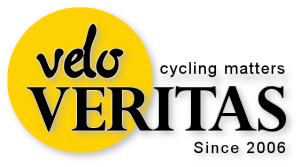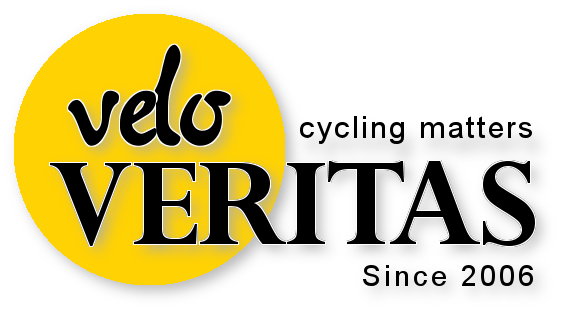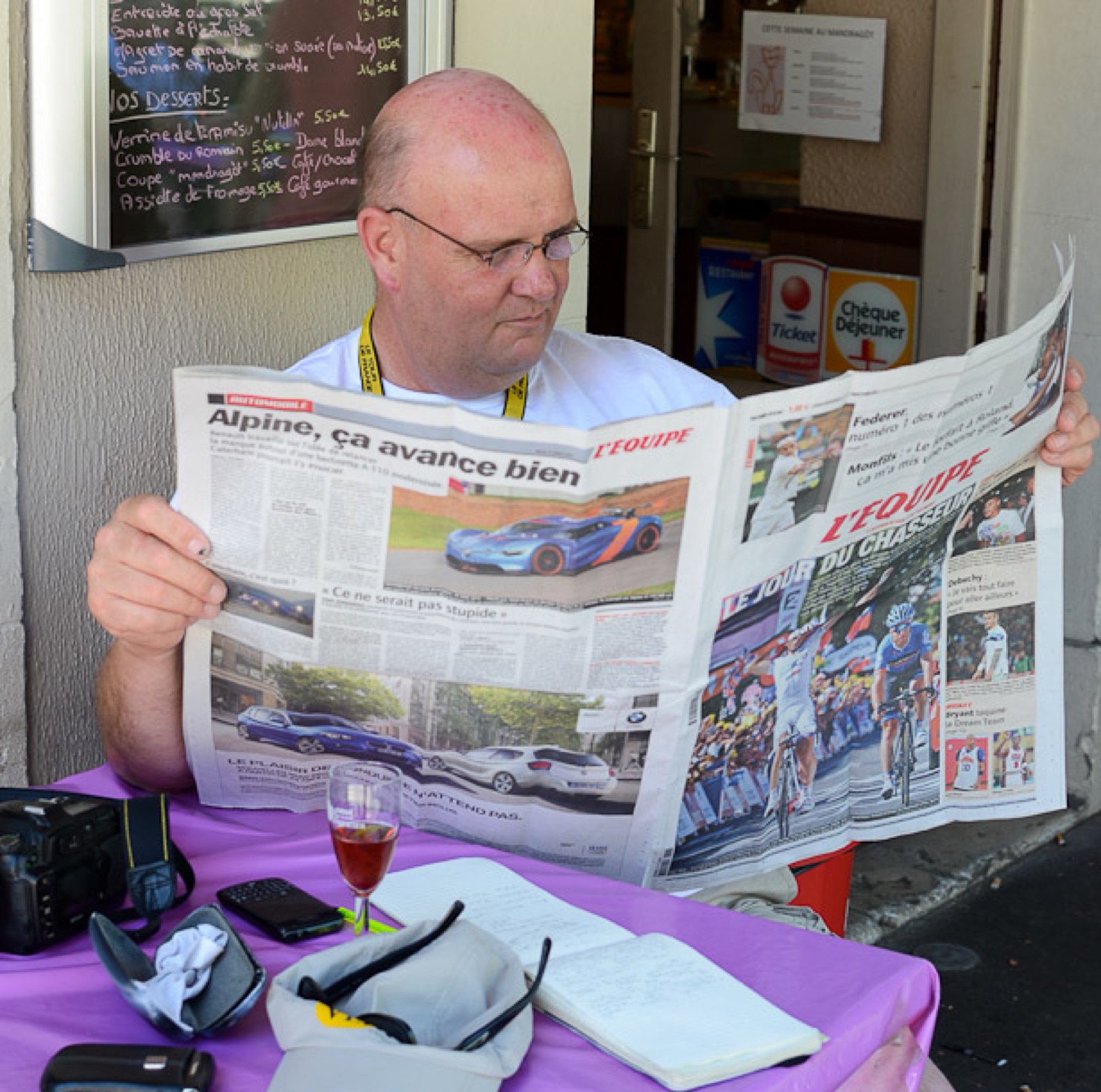In Part One of our interview with Shaun Wallace we covered up to the end of his international pursuiting successes.
But there were more honours to come on the big stage before he slipped the tyre covers on for the last time.
The Commonwealth Games 1998 and another silver medal but not in the Pursuit?
“I said to the selectors that I thought I could make the podium in the Pursuit but didn’t think I could win it. [Australia’s Brad McGee defended his Pursuit title from compatriot Luke Roberts with England’s Matt Illingworth taking bronze, ed.]
“I decided to put all my eggs in one basket and ride the 20 Kilometres [scratch race, ed.], it was a risk – I could have ended up winning or ended up nowhere.
“But if the finish line had been one metre further away I’d have won it; however in the event Michael Rogers [who went on to be World Elite Time Trial Champion, ed.] just pipped me in a photo finish.”
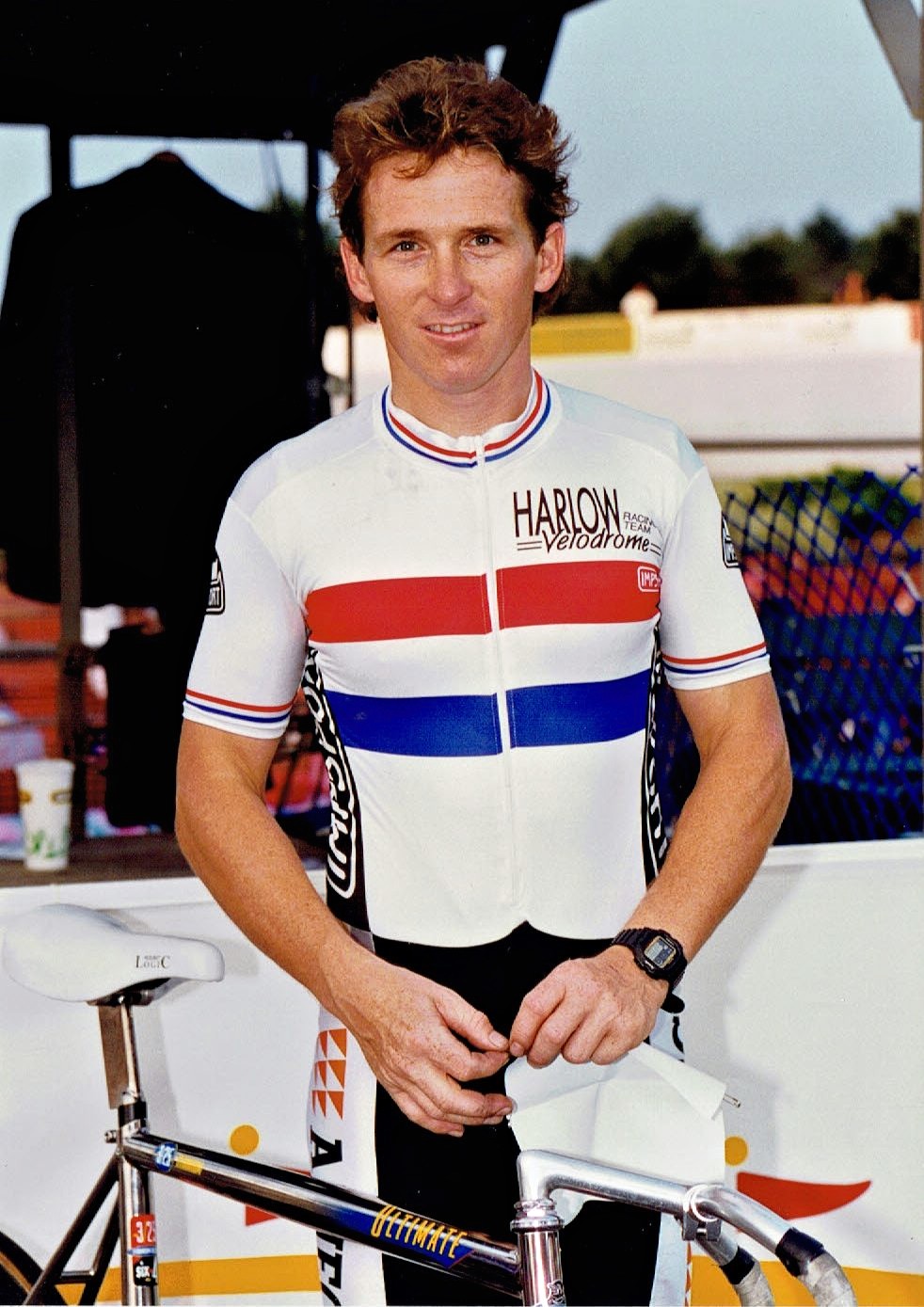
Did you have a mentor or coach during your career?
“Not really but when I was at university up in Nottingham Geoff Cooke was really helpful, he used to motorpace Mark Barry the sprinter and me on the Harvey Hadden track.”
[Cooke was a multiple British Tandem Sprint champion and was 1974 Commonwealth Games Tandem Sprint champion in Christchurch, New Zealand with Ernie Crutchlow. Racing as a ‘master’ on the track Cooke has accumulated a vast number of Worlds medals in recent years. Cooke now advises Scotland’s Kyle Gordon, ed.]
“I remain very grateful to Geoff for all the help and advice he gave me back then.
“But when I went to the States I became largely my own man, self-coached.
“I think that in ’81 and ’82 when I ‘failed’ at the Worlds I could really have done with someone there to put things in perspective for me, I used to beat myself up so badly – but I was only 19 and 20 years-old at those times.”
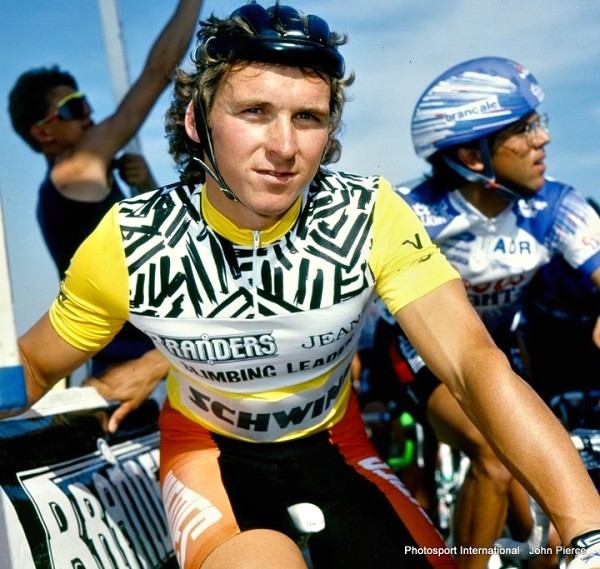
Why go to the USA?
“I first went over in 1980, they were having an international meeting at Trexlertown, Pennsylvania velodrome and invited the British Madison Champions over.
“That team was Hugh Cameron and Paul Curran but for some reason, Paul couldn’t make it so I went over with Hugh.
“I loved it but had to go home after to attend university; however, after the LA Olympics in ’84 I decided that was where I wanted to be – within 10 days of graduating from university I’d moved to Trexlertown where I stayed until 1998.”
What was it like racing as a pro in the US in the 80’s?
“It suited me, there was a good track scene and a good criterium scene.
“Initially I sucked in the crits but learned how to ride them.
“That was a good time in the US, the mid to late 80’s, driving from race to race, initially unsponsored but winning a lot of primes.
“My first contract was with Alfa Romeo, just a small team but we got Alfa Romeo cars to drive around in with trailers for the bikes.
“After Alfa I rode for Sunkyong, as the New York Times said; ‘a South Korea-based multinational company called Sunkyong-SKC was looking for a way to spread a little good will in the United States’.
“The idea, company executive officials thought, was to give something back to a country that had become the most lucrative market outside of South Korea for many of the 2,000 products Sunkyong-SKC makes or markets.
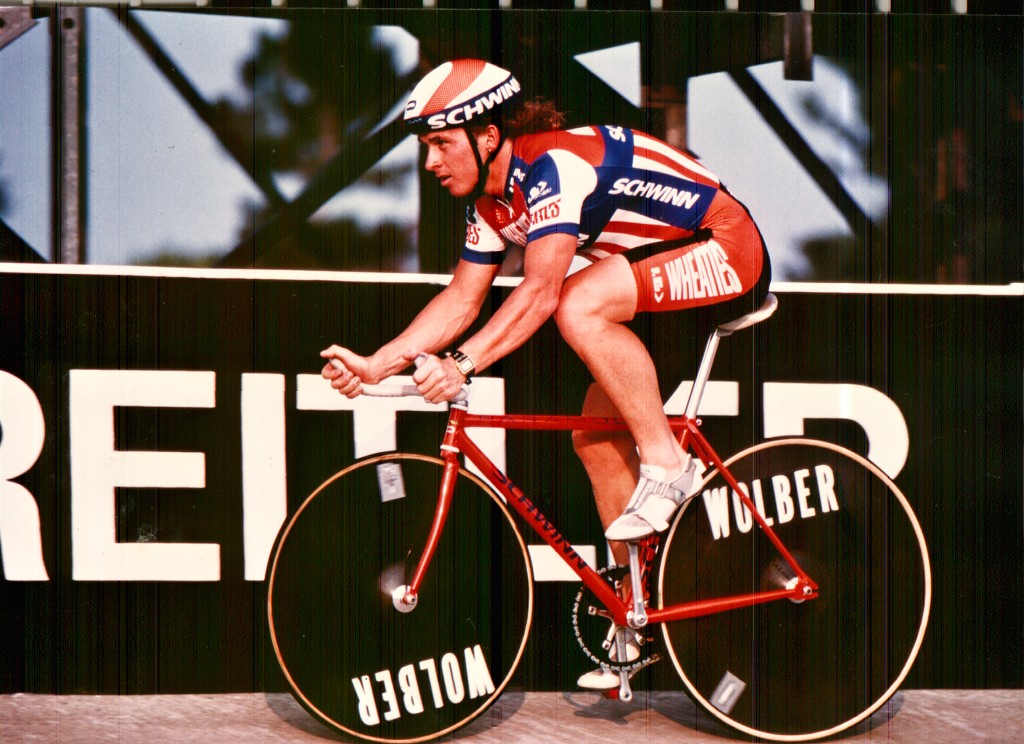
You were a Schwinn man too?
“Yes, after Sunkyong I rode with was Wheaties-Schwinn.
“‘Wheaties’ are a breakfast cereal and Schwinn the famous US bike manufacturers [readers with long memories will remember Scottish fast man Robert Neish riding a black Schwinn, back in the 70’s, ed.]
“Riding with Schwinn was cool, it’s always better to be part of a team when the wins come – your team mates are happy, the company and it’s staff are happy and in the case of Schwinn, the local dealership is happy too.”
Tell us about your pioneering work on altitude training.
“Every year at the Worlds there would be something new and everyone else would be playing ‘catch up.’
“I wondered how I could get an ‘edge.’
“I began to read about research that was being published by physiologists about the benefits of, ‘living high and training low’ – no one seemed to be doing it but the results they printed were undeniable.
“The method I adopted was to rent a motel cabin to sleep at Woodland Park Colorado (8465′), driving down to train on the Colorado Springs Velodrome (6035′) then driving up Pikes Peak (14,114′) for an afternoon rest, napping in the car then I’d train again at night on the turbo with an oxygen mask.
“Gene Samuel, the Trinidadian Kilometre rider shared the regime with me and that year he won the Pan Am Games Kilometre whilst I was second in the Worlds Pro Pursuit.
“But it wasn’t a convenient or economically viable way of doing things.
“I obtained a hypobaric chamber – which simulates altitude – to sleep in but it’s a heck of a thing to lug around so that’s when I developed the altitude tent, which I used myself.
“Friends saw it and asked if I could make one for them and before I knew it I was spending more time making altitude tents than I was training – and 23 years later I’m still making them.”
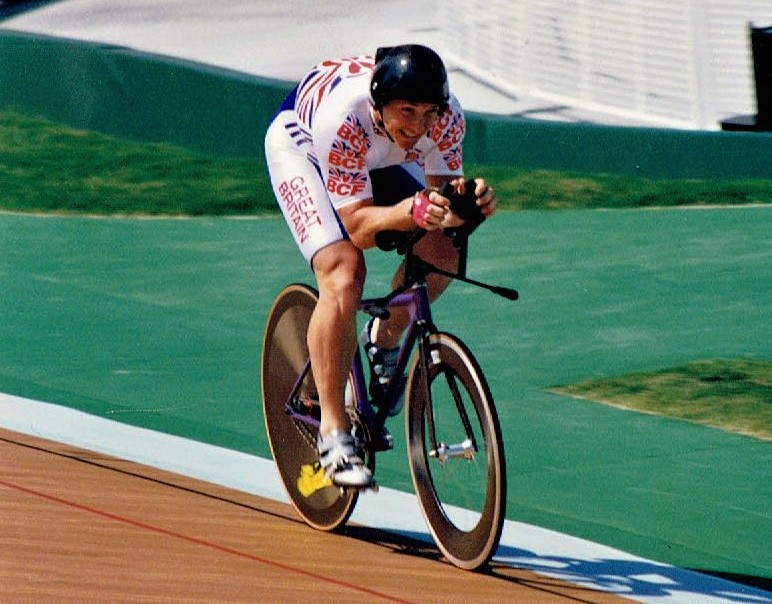
And are altitude tents still your primary product?
“They’re one of a number of applications we’re involved with.
“We do work for the aviation industry to simulate altitude and also work for the military.
“We also do work where you may have an older client who lives at altitude, somewhere like Breckenridge, Colorado which is at about 9,000’ above sea level.
“Their doctor is telling them their sleep quality is poor because of the thin air so they need to move down to the coast – but the client doesn’t want to move so we’ll configure their bedroom to a pressure equivalent to 2,000’ altitude so they have good sleep quality.
“And we do altitude tents for huskies…”
Husky dogs?
“Yes, dog sled racing is a competitive sport; events like the Iditarod are a big deal.”
Any Regrets, Shaun?
“I’m not one to look back and worry about it if I made the wrong decision; as I said about choosing to ride the Lotus bike, I’d probably do the same again given the information I had at the time.
“But there’s one thing; I wish I hadn’t beaten up on myself when I was younger, at the Worlds in ’81 and ‘82’ that misplaced self-criticism was not a good thing and a mentor at those times would have been good for me.”
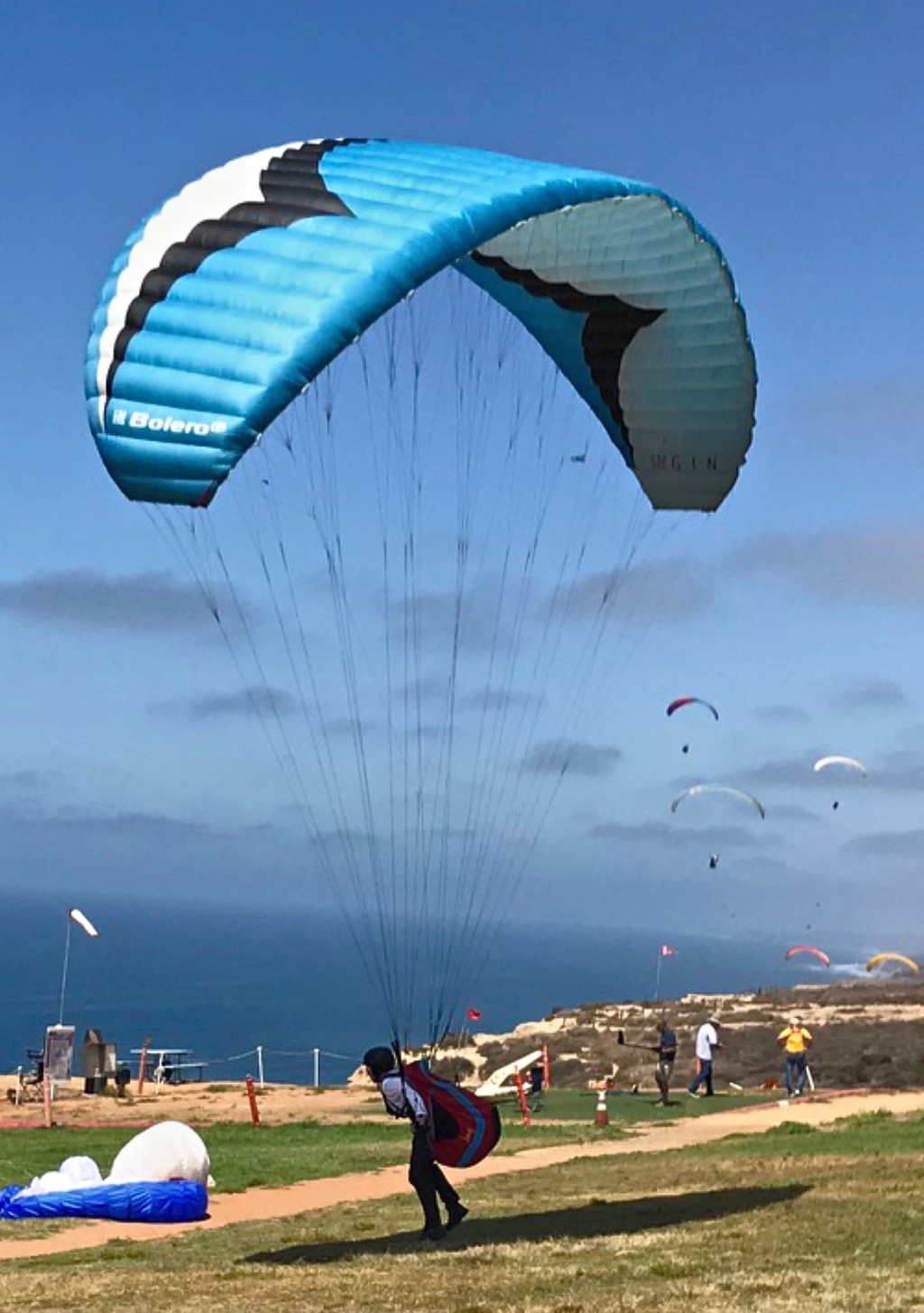
With thanks to Shaun for his time and insights, and wishing him all the best with the business.
